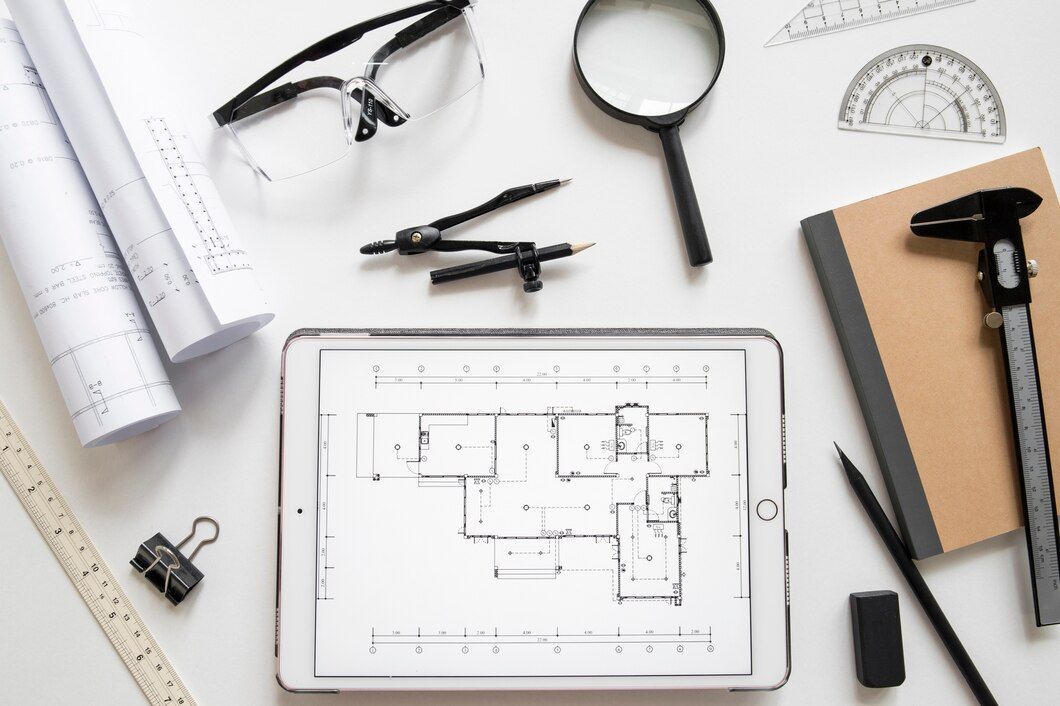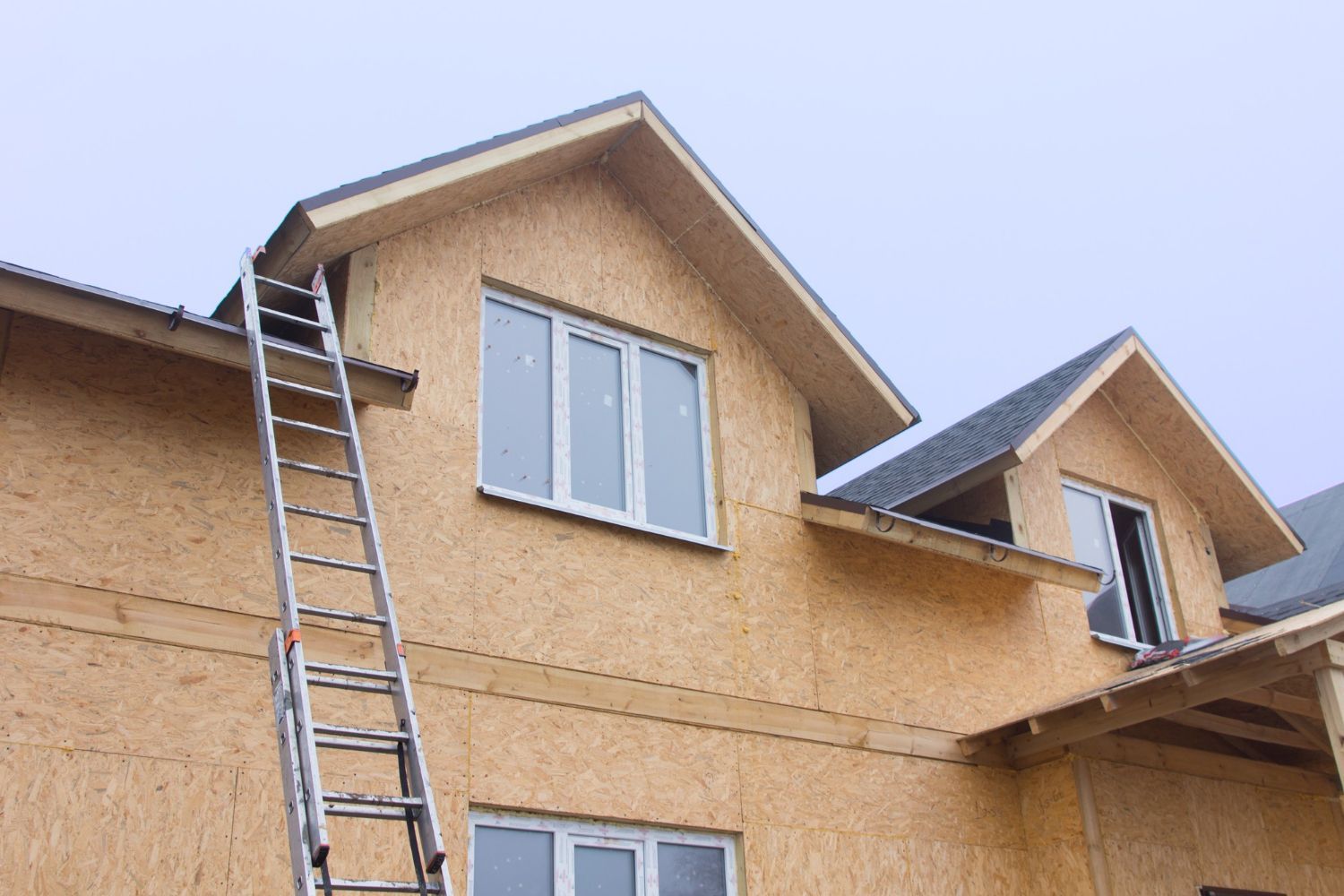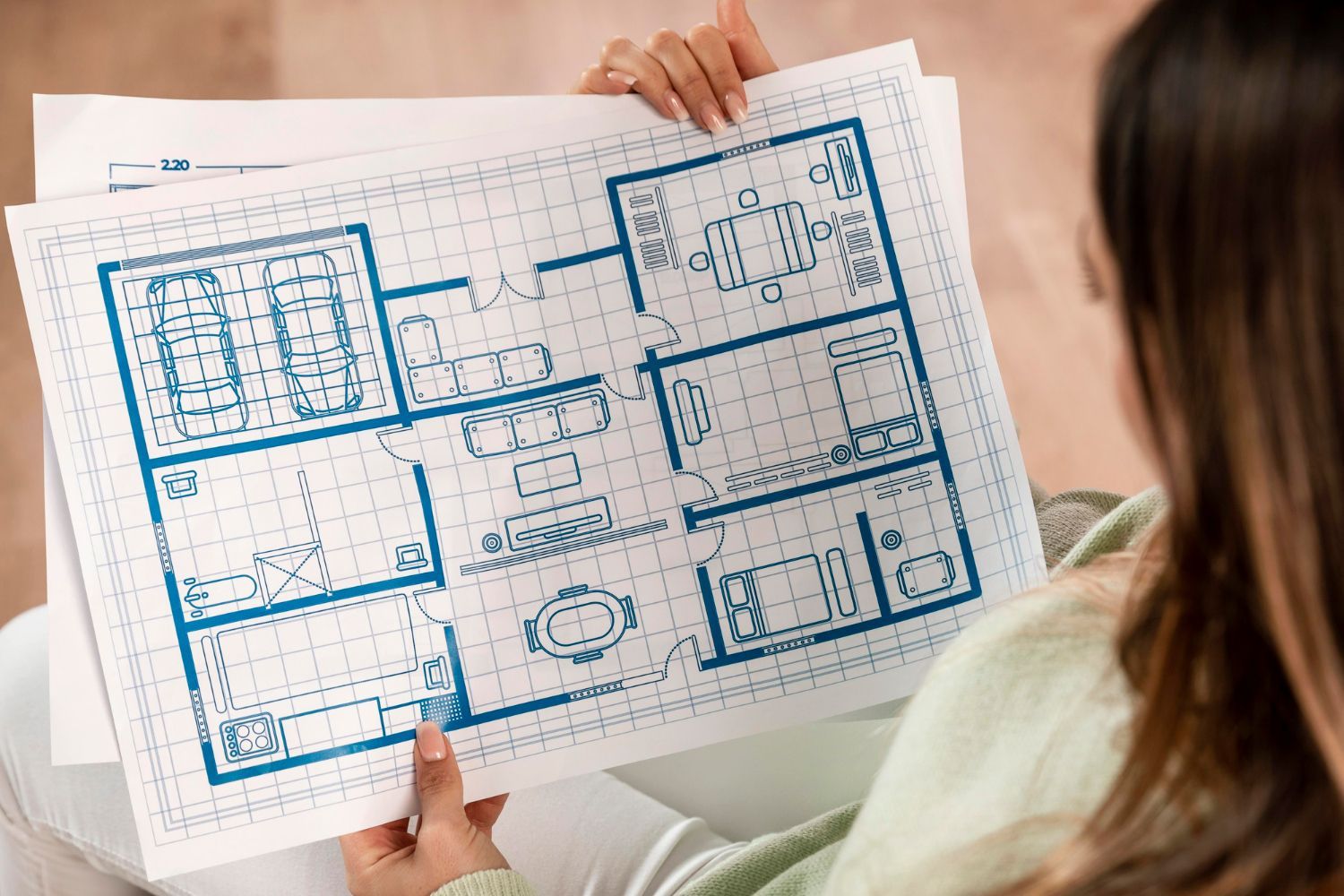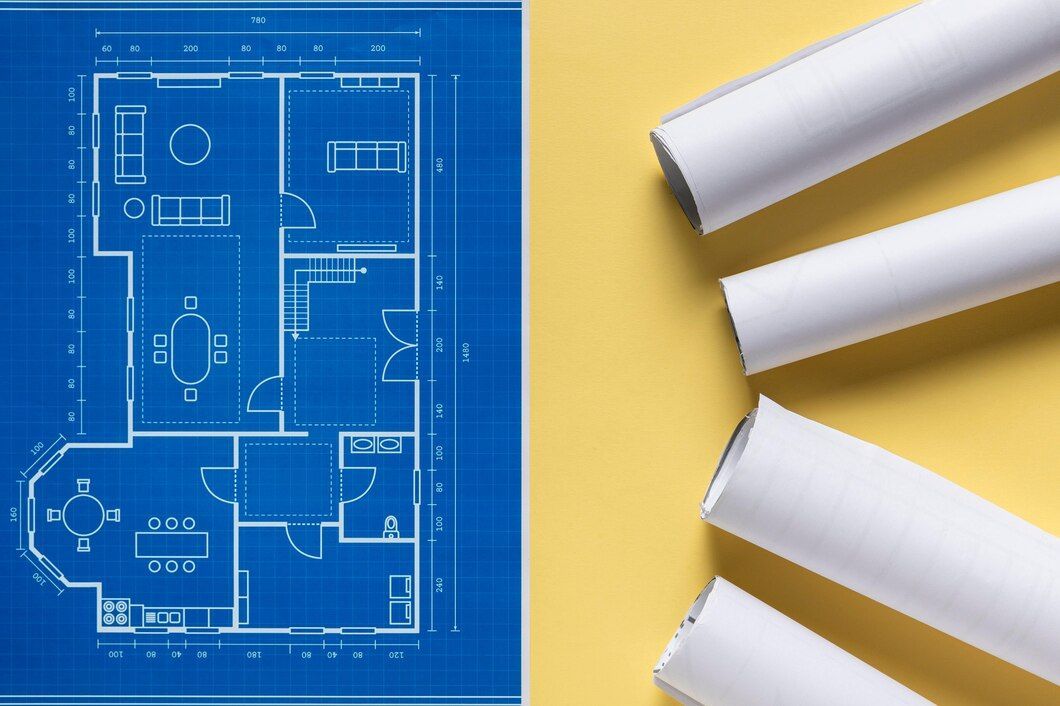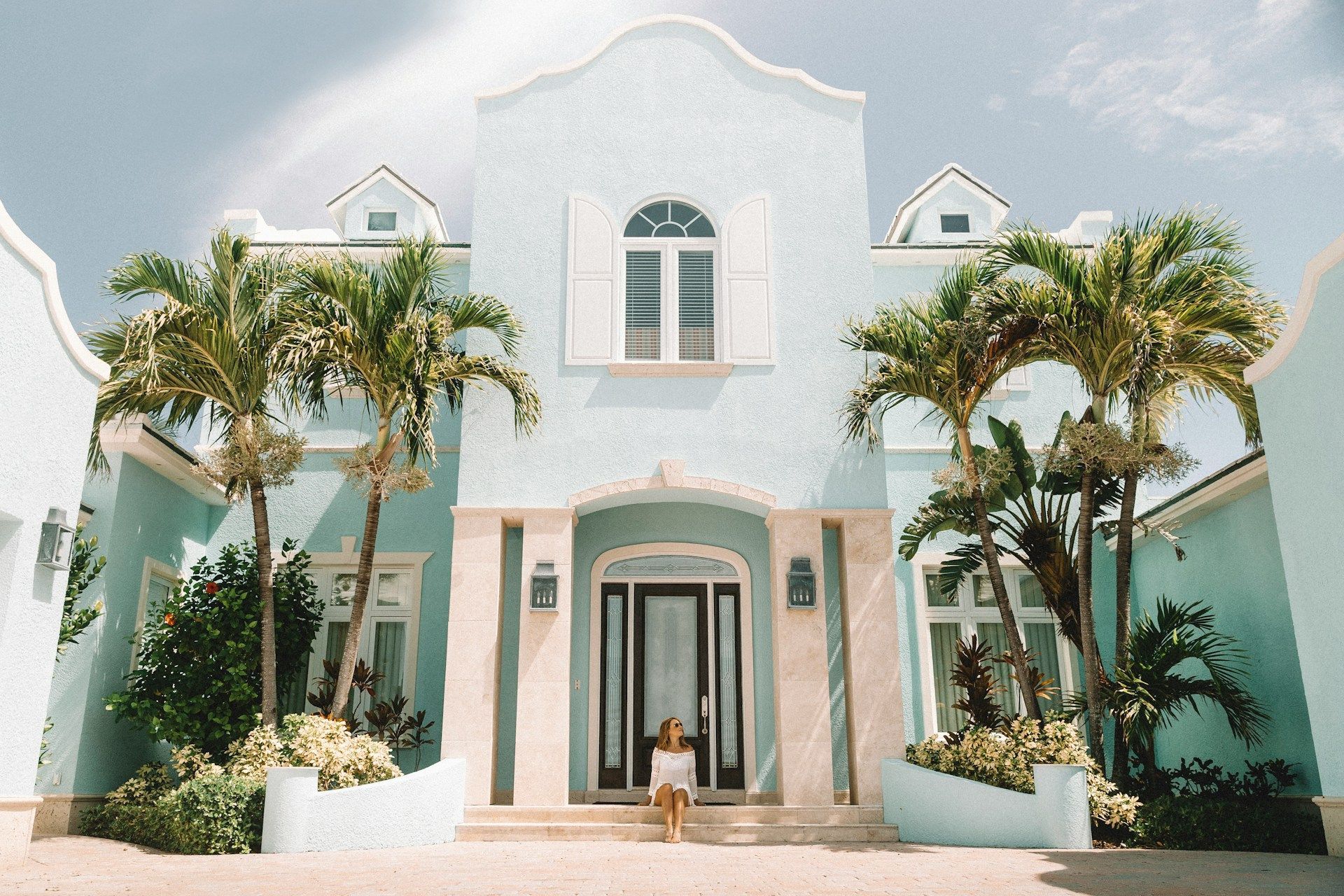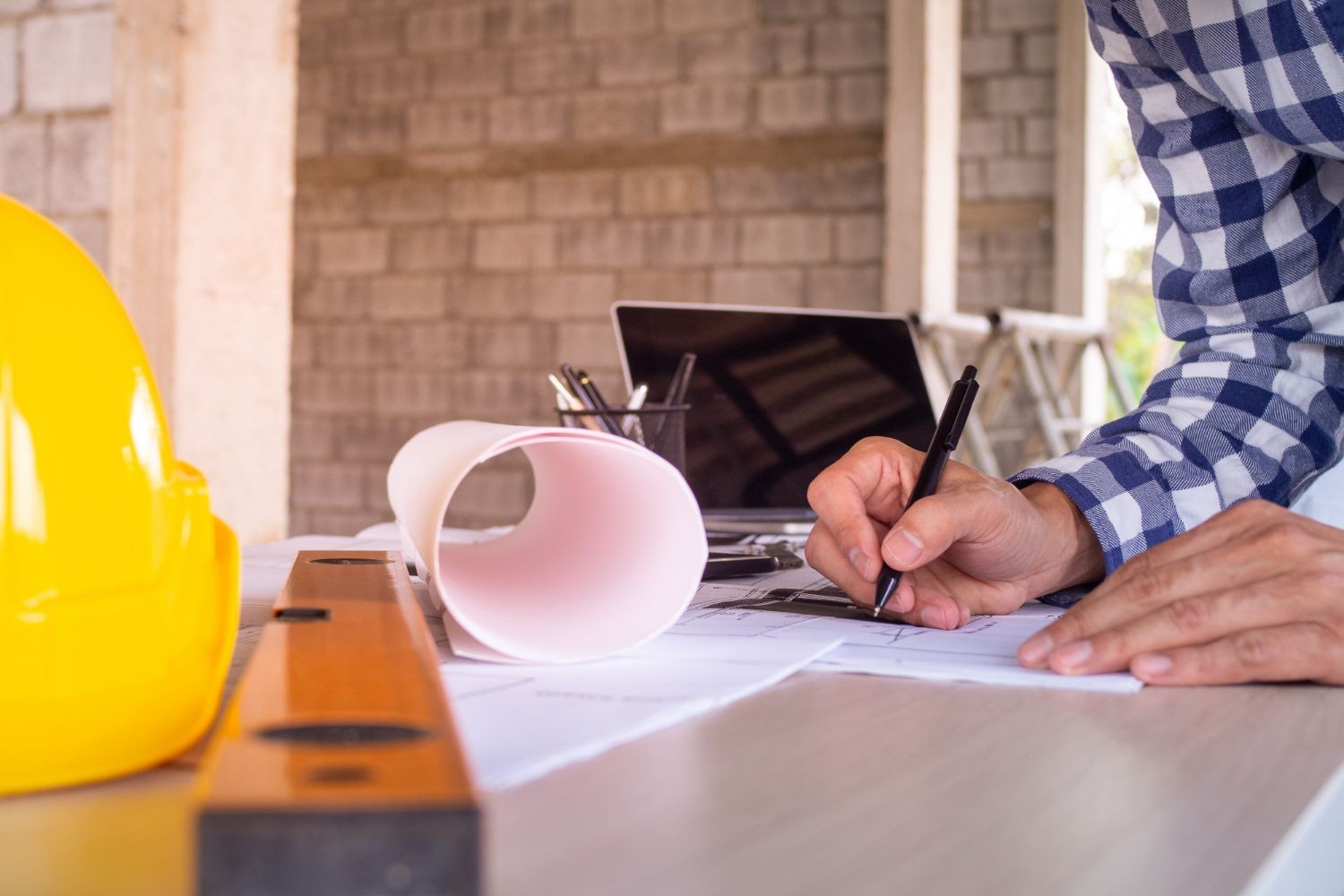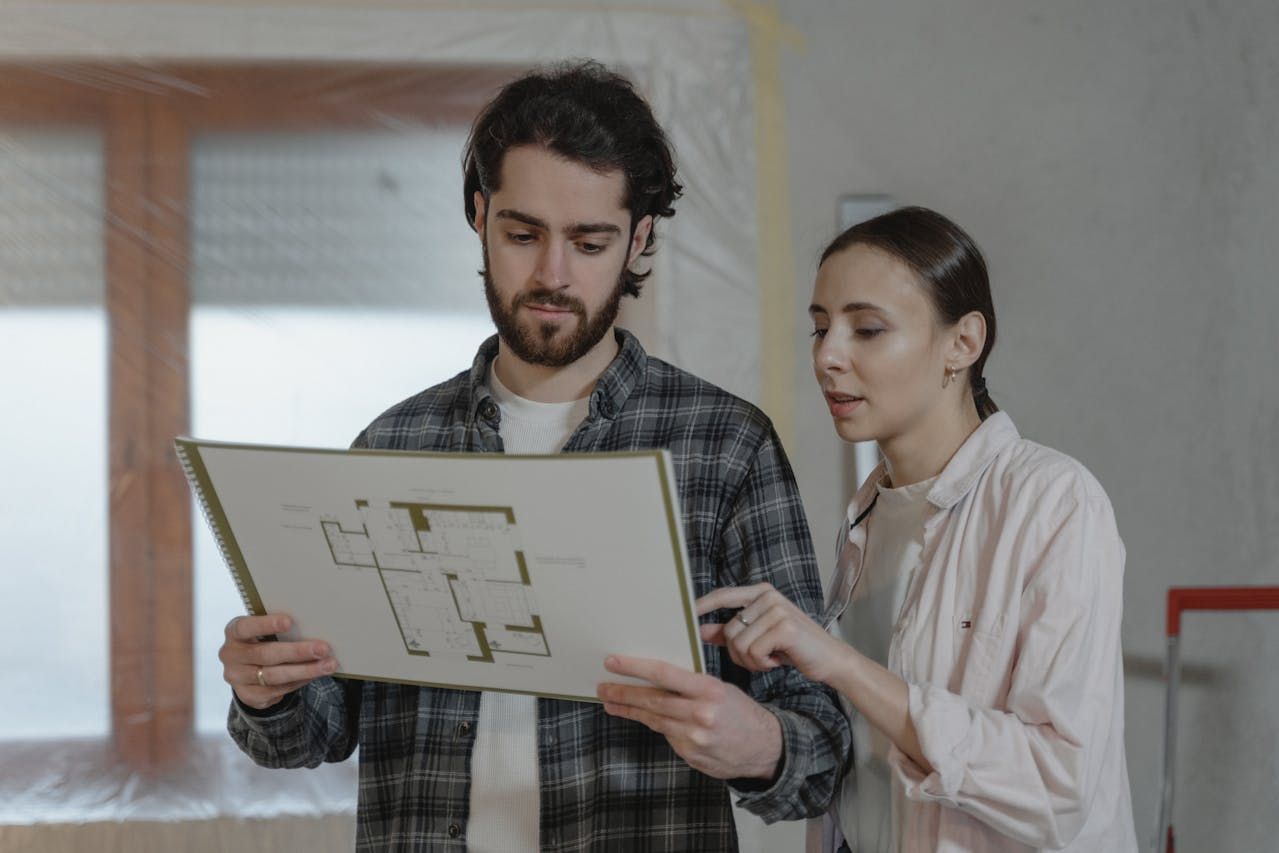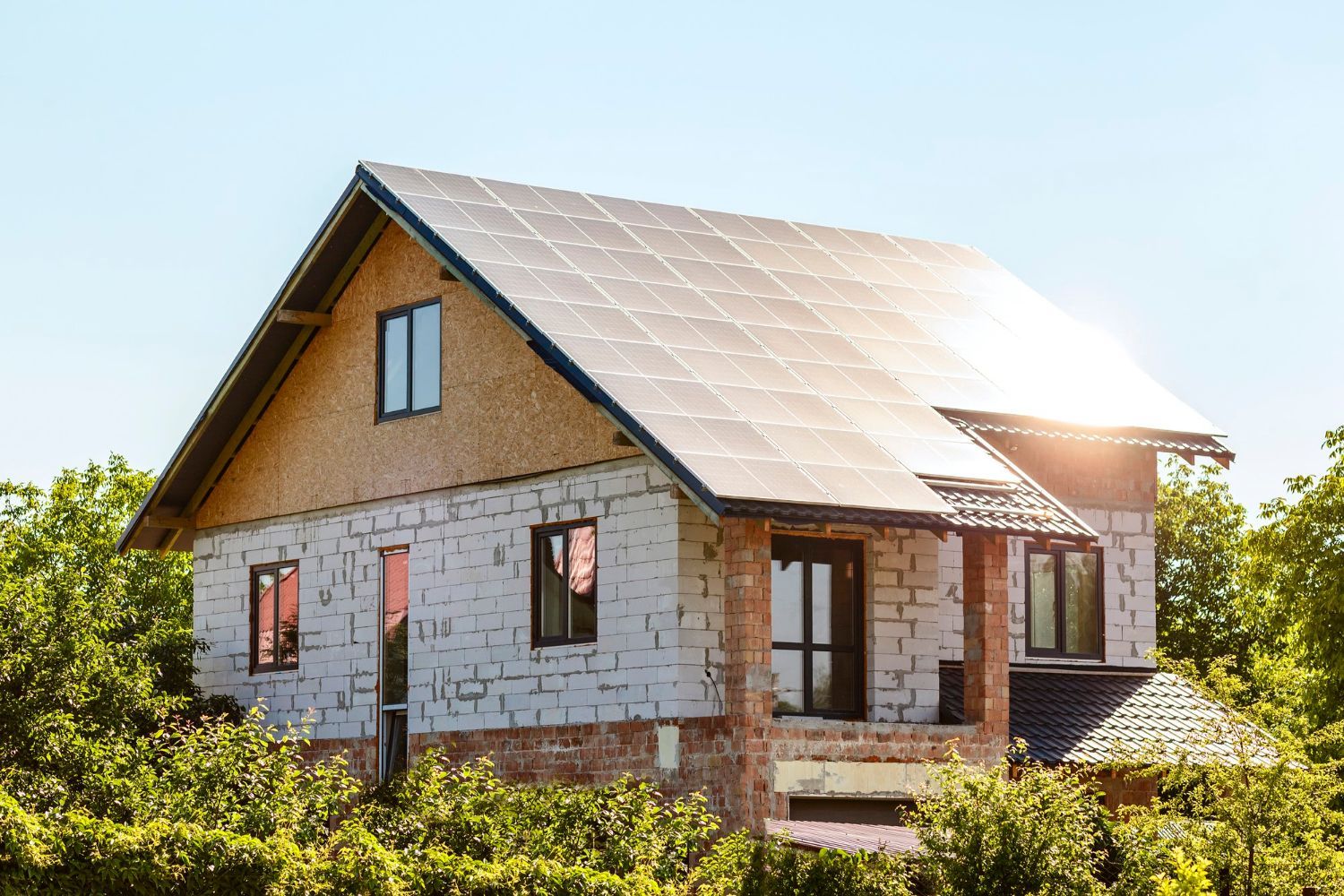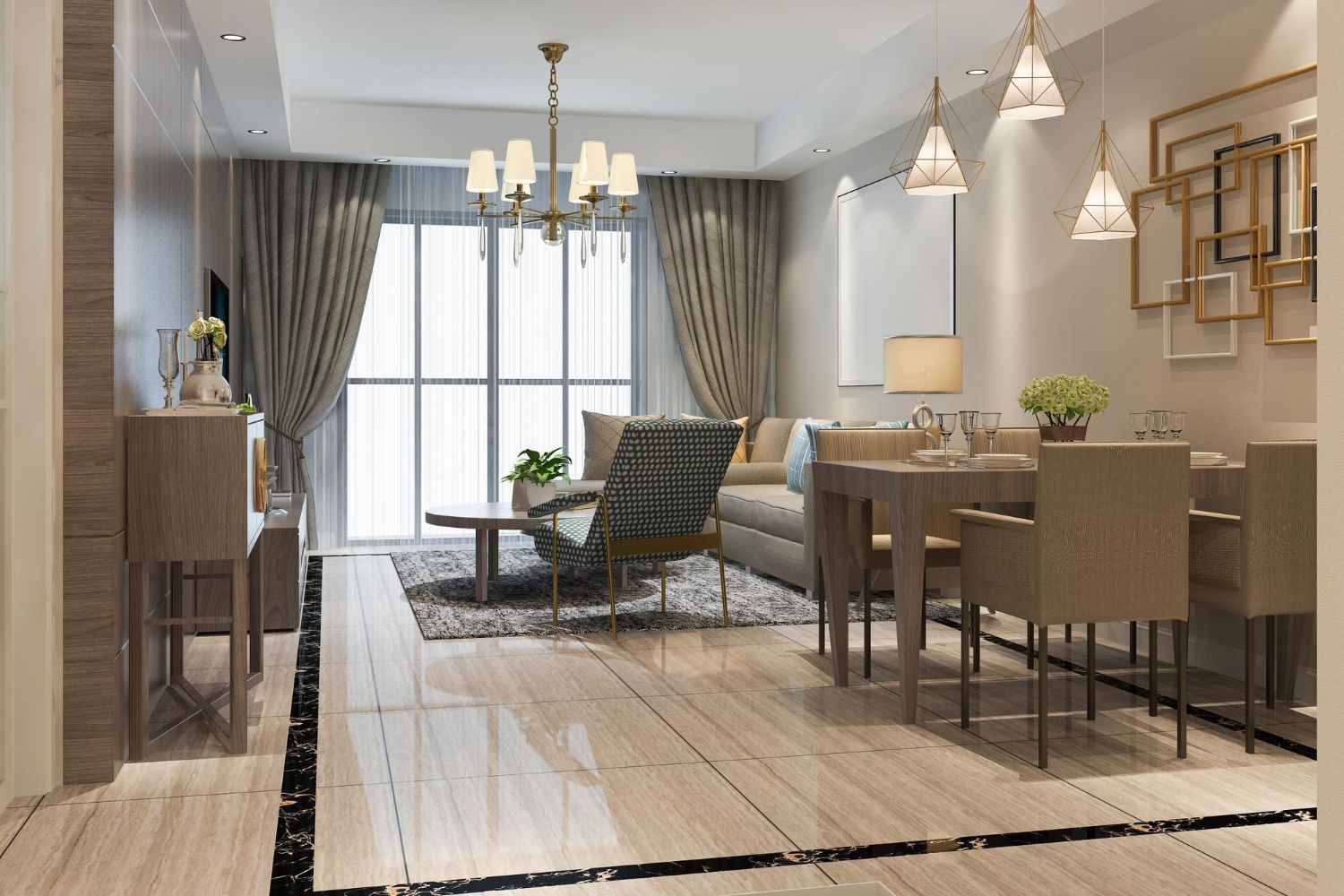Creating Accessible Custom Homes in Bend: The Role of Universal Design Principles
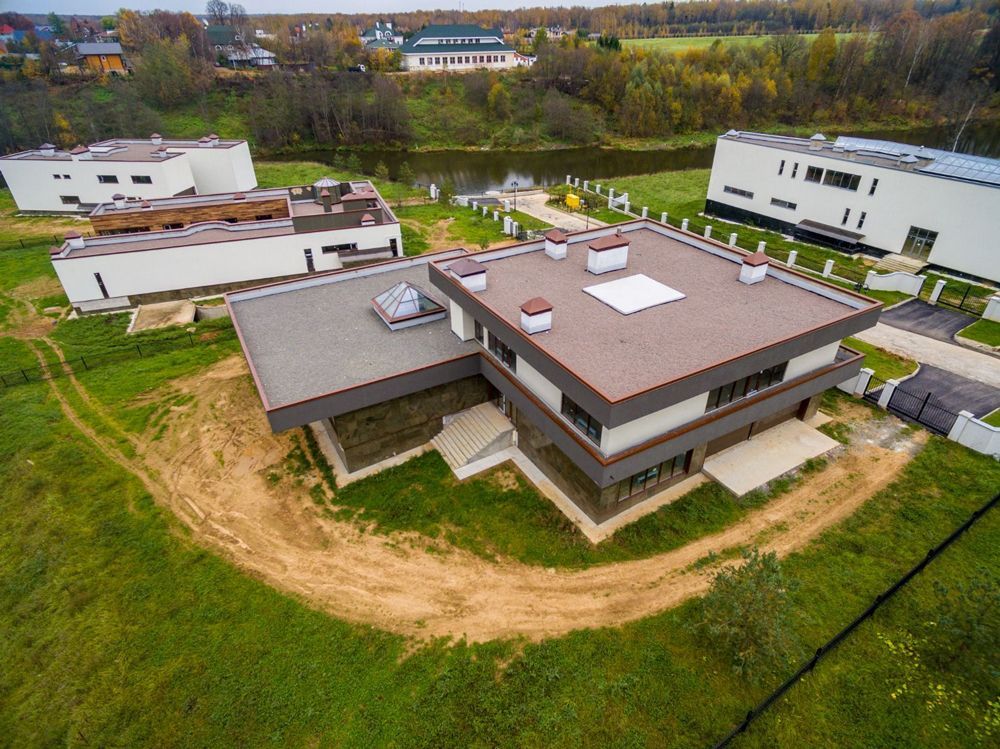
Universal design principles are an integral part of creating homes that are accessible and age-friendly. They focus on designing products and spaces in a way that they can be used by everyone, irrespective of their age, ability, or status in life. This is particularly relevant in custom home design, where the goal is to create a living environment that can adapt to the changing needs of its occupants.
In Bend, Oregon, a city known for its vibrant outdoor lifestyle and scenic beauty, there's a growing emphasis on incorporating these principles in custom home designs. The reason is clear—an increasing number of residents are seeking homes that can accommodate their needs as they age, without compromising on style or comfort. Such homes not only enhance the quality of life for their residents but also contribute to a more inclusive community.
The following discussion delves deeper into the concept of universal design principles, their importance in creating accessible and age-friendly custom homes, and how they're being adopted in Bend, Oregon. We'll explore various aspects of universal design, from architectural considerations to interior design elements, and highlight some exemplary projects in Bend that truly embody these principles.
Whether you're a homeowner planning a custom build, a designer seeking inspiration, or simply interested in the future of home design, this discussion offers valuable insights into making homes more accessible and age-friendly through universal design.
Universal Design Concepts: Key Principles for Accessible Homes
Universal design is an architectural and design approach that aims to create environments, products, and features that can be easily accessed and utilized by all people, regardless of age, ability, or life stage. To achieve this goal, universal design relies on seven core principles, which have been widely adopted by architects, designers, and builders around the world. These principles include:
- Equitable Use: Designing spaces that can be used and enjoyed by people with varying abilities and needs, providing equal access to all users.
- Flexibility in Use: Offering multiple ways of using spaces and features, accommodating different individual preferences and abilities.
- Simple and Intuitive Use: Ensuring ease of use and understanding, with designs that are straightforward and consistent across various user experiences.
- Perceptible Information: Providing clear, concise information and cues, ensuring that necessary information is available to all users regardless of their sensory abilities.
- Tolerance for Error: Minimizing adverse effects resulting from accidental or unintended uses, reducing potential hazards and risks.
- Low Physical Effort: Designing spaces and features that can be used efficiently and comfortably, with minimum fatigue or strain on the user.
- Size and Space for Approach and Use: Providing adequate space for users to approach, manipulate, and use elements regardless of their body size, posture, or mobility.
In this article, we will explore practical applications of these universal design principles to create accessible and age-friendly custom homes in Bend, Oregon.
Barrier-Free Design: Eliminating Obstacles and Enhancing Accessibility
One crucial aspect of universal design is creating barrier-free spaces that ensure easy navigation within the home, regardless of the inhabitants' mobility levels. To achieve this, consider including features such as:
- Wide doorways and hallways to accommodate wheelchairs, walkers, or strollers
- Level thresholds between rooms and at entry points to reduce tripping hazards
- Accessible entryways, including ramps or no-step entrances
- Open floor plans that minimize obstacles, allowing for smooth navigation between spaces
Incorporating barrier-free elements in your custom home design not only promotes safety and accessibility for individuals with mobility challenges but also creates welcoming environments for all users, enhancing overall functionality and comfort.
Adaptable and Flexible Spaces: Designing for Change and Future Needs
As family dynamics change, your custom home must adapt to the evolving needs of its occupants. Creating flexible and adaptable living spaces ensures that your home remains functional and comfortable with minimal adjustments and updates. Consider the following design strategies:
- Multi-purpose rooms with flexible layouts to accommodate various activities
- Modular furniture systems that can be easily rearranged, resized, or repurposed
- Design features and elements that can be easily replaced or adapted, such as adapting a ground-floor home office to a guest room or future caregiver space
- Incorporating built-in storage solutions in common areas to accommodate evolving storage needs and maintain clutter-free environments
Reflecting on possible changes you or your family may face can help shape your custom home design and minimize potential transitions' disruptions and costs.
Safety-Focused Design Elements: Creating Environments that Promote Independence and Well-being
Safety is a paramount concern in universal design, especially for individuals with limited mobility, visual impairments, or cognitive challenges. To create a safe and nurturing environment, consider incorporating safety features such as:
- Non-slip flooring surfaces in areas prone to moisture, such as kitchens and bathrooms
- Secure and easy-to-use handrails or grab bars near stairs, in toilets, showers, and bathtubs
- Well-illuminated spaces using energy-efficient lighting solutions, reducing the risk of falls and injuries
- Accessible switches, outlets, and controls positioned within easy reach for individuals using mobility devices or with limited reach
Keeping safety at the forefront of your custom home design not only benefits long-term inhabitants but also provides peace of mind for visiting friends and family members.
Technology and Assistive Devices: Enhancing Comfort, Independence, and Control
Incorporating assistive technology and devices into your custom home design can significantly improve the overall user experience for individuals with various physical or cognitive challenges. Examples of technology-driven solutions include:
- Smart home automation systems for lighting, temperature, and security controls, streamlining daily tasks and maintenance
- Voice-activated digital assistants that can help manage schedules, answer questions, and control smart devices
- Adaptive equipment such as height-adjustable countertops, sinks, and appliances for increased accessibility and usability
By embracing technology in your custom home, you can create an environment that empowers all users to maintain their independence and manage their daily routines with ease.
Universal Design for a Lifetime of Comfort and Accessibility
Creating a custom home that adheres to the principles of universal design ensures a comfortable, accessible, and adaptable living environment for its occupants, regardless of their abilities or life stage.
By embracing barrier-free design, adaptable layouts, safety-focused features, and advanced technology, you can create a home that will remain functional, attractive, and enjoyable for years to come.
At Mountain High Builders, Inc., we are committed to helping you bring your accessible and age-friendly dream home to life. Let's work together with our custom home builders in Bend to create a custom living environment that supports the health, happiness, and independence of you and your loved ones, both now and in the future.



